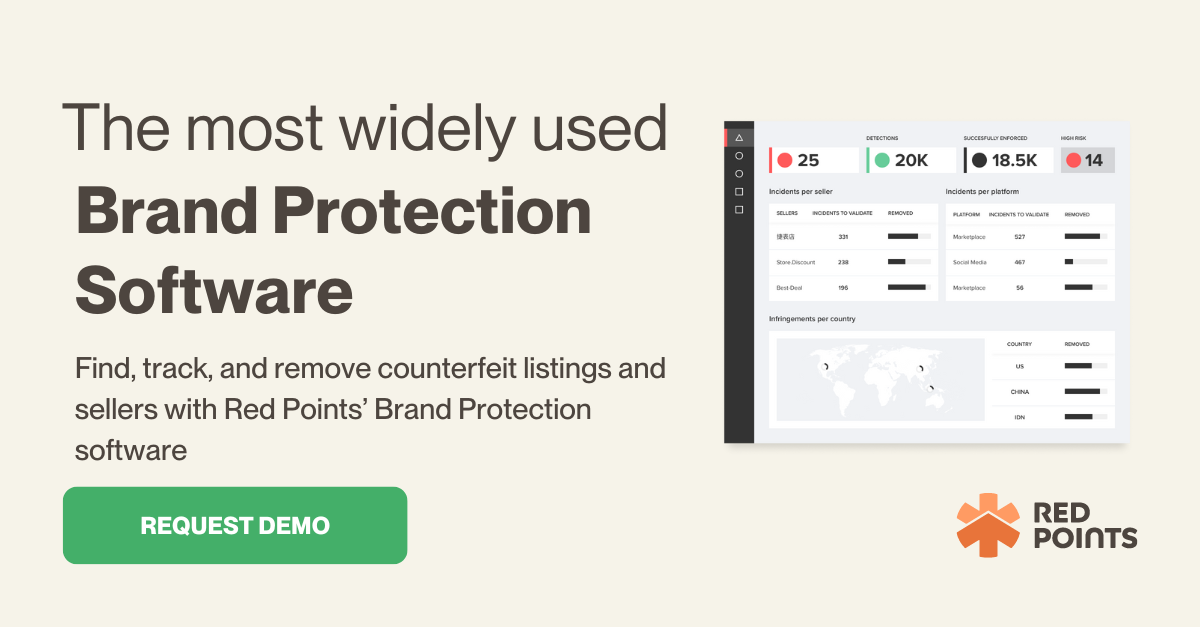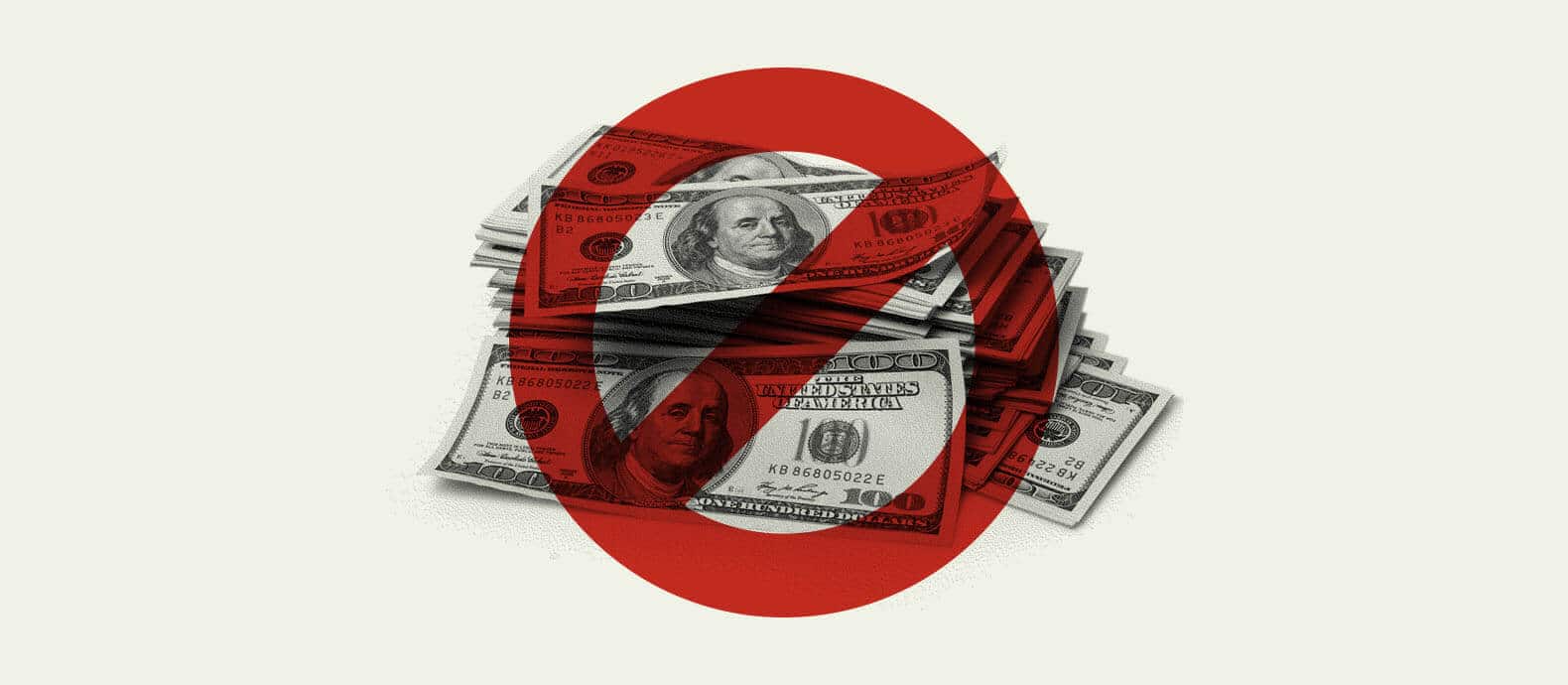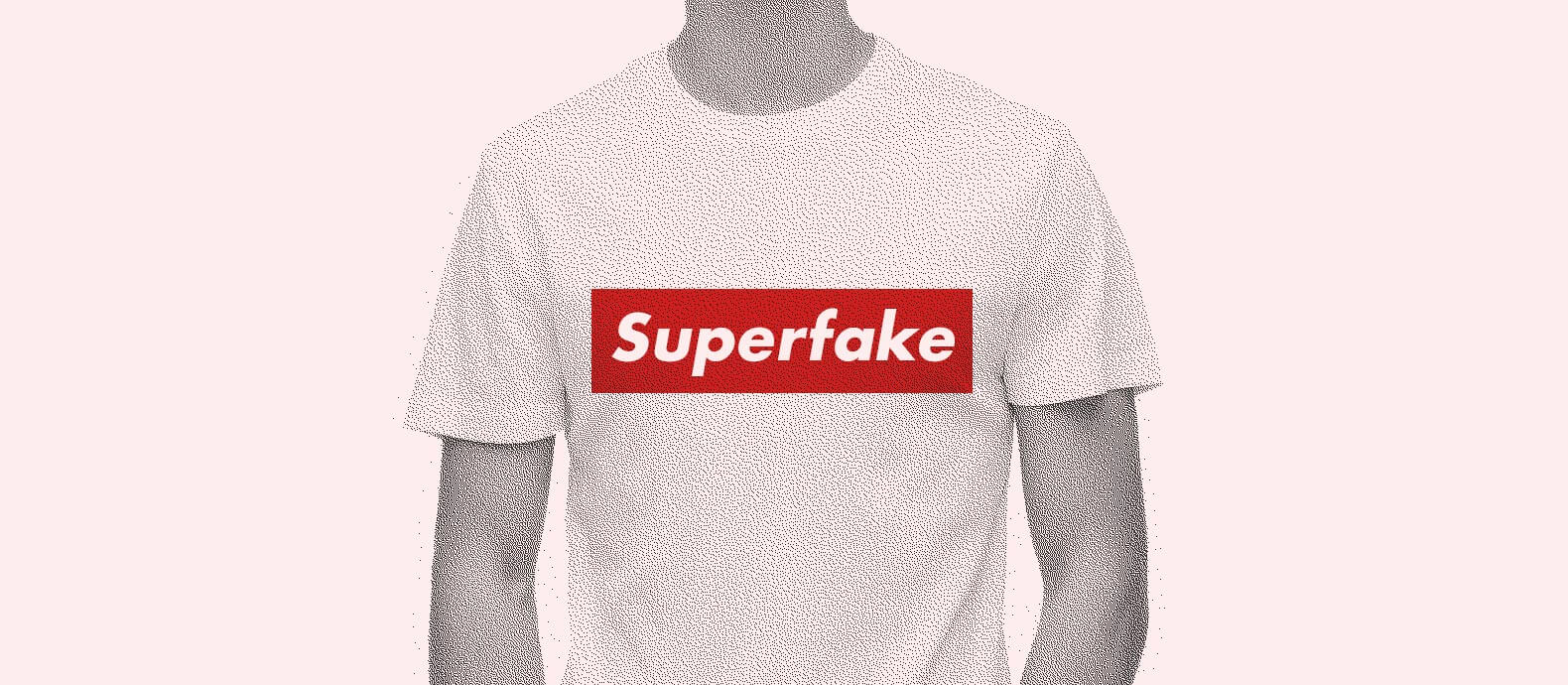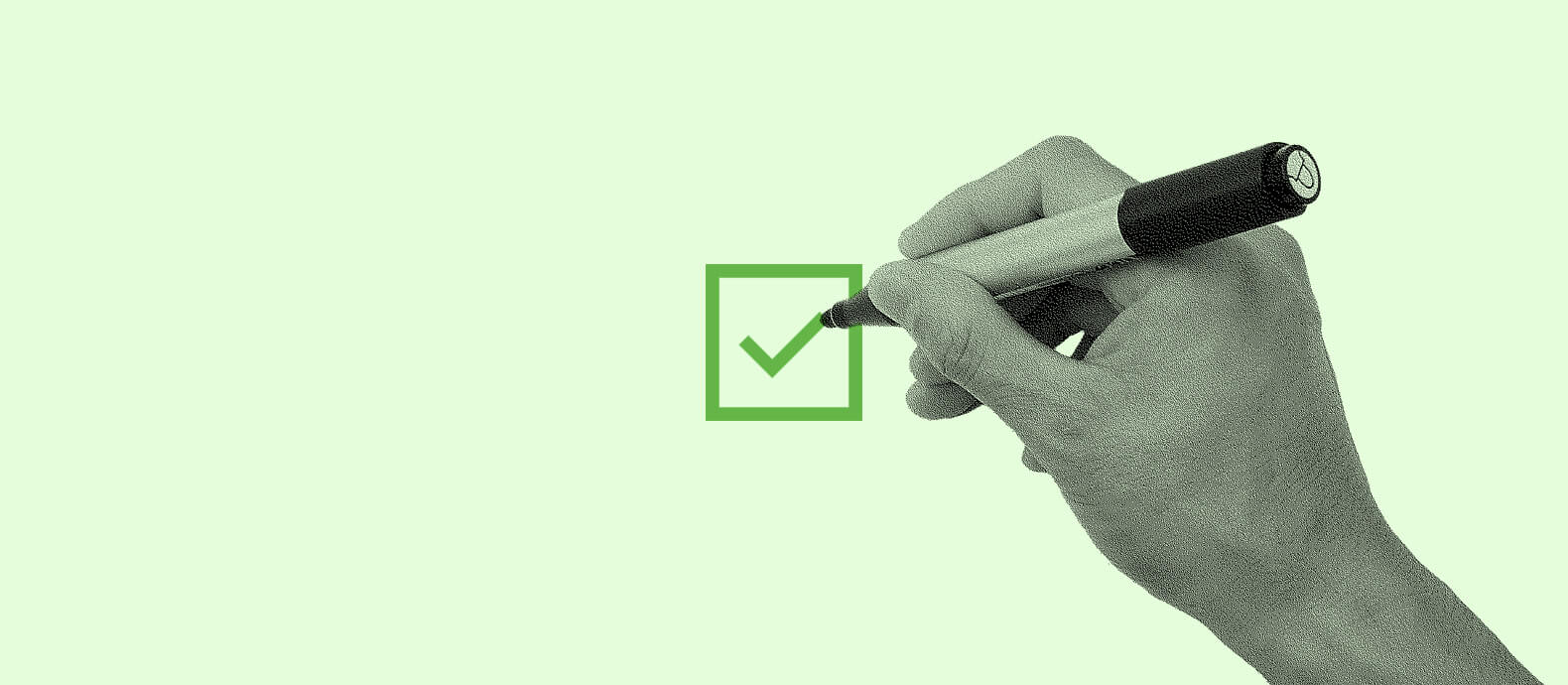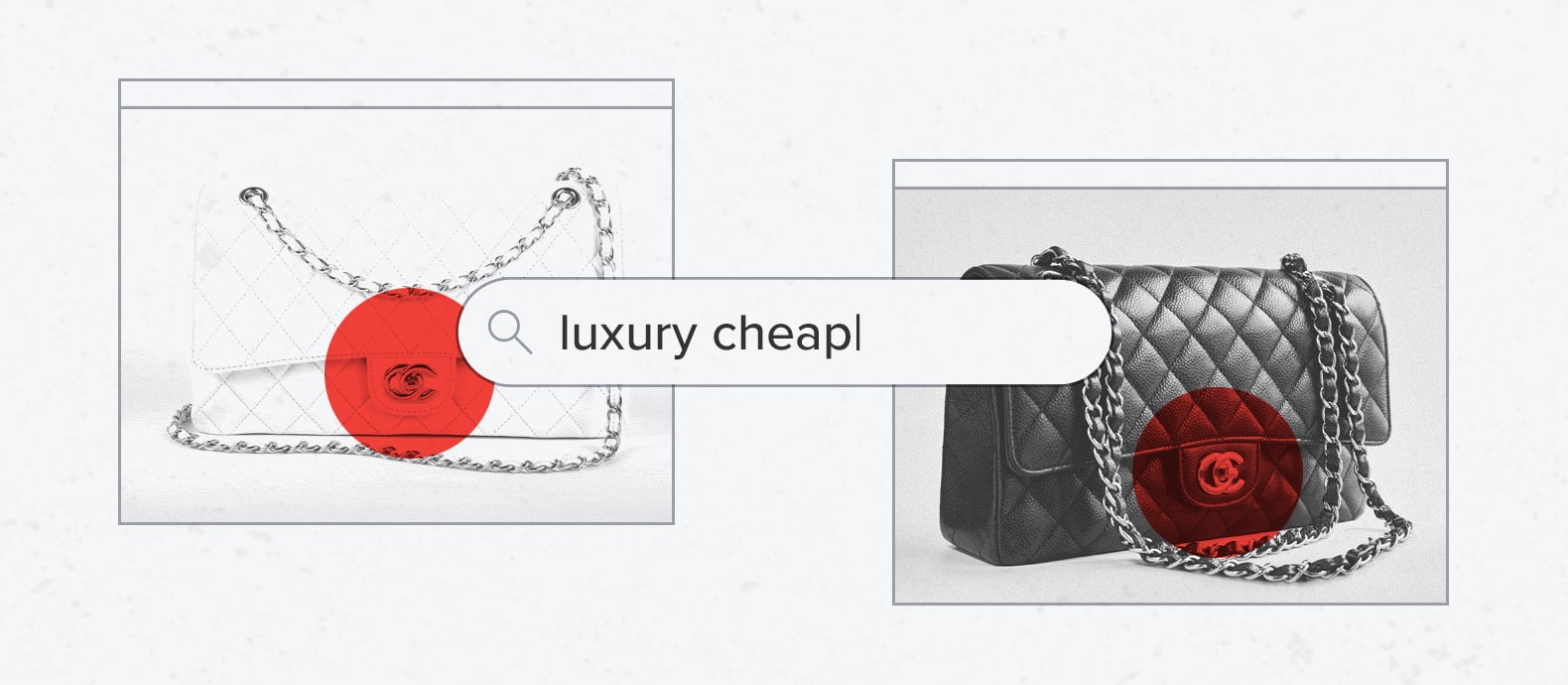Consumers’ health and safety are seriously jeopardized as a result of the creation and trafficking of counterfeit merchandise. Because of the loss of income, downtime, and replacement expenses, it also has an influence on the economic growth of genuine enterprises and customers.
Fighting the creation and distribution of counterfeit products contributes to public safety and national security by preventing unsafe and harmful items from accessing the market and ensuring that genuine trade systems operate in a fair and orderly manner.
In this article, we’ll go into what illegal counterfeiting is, the harmful effects of it, and the steps brands can take to protect themselves and prevent counterfeiting.
What is Counterfeiting?
Theft of intellectual property is at the heart of counterfeiting, which is a criminal offense. Trademarks, for example, are used by businesses of all sizes to help you recognize their products. There are many different types of trademarks that may be used to identify the source or origin of a specific product or service.
Counterfeit goods are those that use another company’s intellectual property without the owner of that brand giving their consent. Counterfeiters try to take advantage of the good name and goodwill associated with a company’s intellectual property by creating or selling a knockoff.
Illegal counterfeiting is a criminal offense because it involves the false imitation (or forgery) of a well-known brand or product. Criminal counterfeiting charges, for example, are punishable by life in prison and penalties of up to $30,000,000 under U.S. federal law. Most states in the United States charge counterfeiting in business as a crime.
The reputation of a corporation and the trust of its customers in the global market are both harmed by illegal counterfeiting. Customers and companies alike suffer as a result of the resulting lack of faith in well-known brands’ real products.
Scope of the problem
Counterfeit goods are not simply a short-term concern, but a big worldwide industry. A $30 billion trade problem in the 1980s has turned into a $600 billion problem today. An analysis of international trade statistics suggests that this amount might soon reach higher than the GDP of most countries.
Over 26,000 shipments of counterfeit products worth over $1.3 billion were recovered by the Department of Homeland Security in Fiscal Year 2020.
Ecommerce during COVID has created an ideal market channel for counterfeit goods since it is easy to shut down a website selling counterfeit products at the request of Amazon or Alibaba but counterfeiters can put up another online shop the next day.
Global ecommerce payment transactions are expected to reach $7.5 trillion in 2026, up from $4.9 trillion in 2021, according to a recent study by Juniper Research, which represents a 55 percent increase. By 2022, illegal counterfeiting is predicted to rise to close to $2.3 trillion.
Consumer products, tobacco, aerospace components, electronics, pharmaceuticals, automobile parts, industrial components, fashion, food, and just about every other manufacturing industry may be listed as some of the most heavily targeted industries by the company.

Why is counterfeiting illegal?
Counterfeit items are illegal in most countries and can be punished by civil or criminal fines. Generally, brand owners can sue counterfeiters for damages and seek injunctions (or court orders) to stop counterfeiters from making and selling counterfeit items. People and companies found guilty of selling counterfeit products in several countries face penalties and possibly prison sentences from the authorities.
More than a dozen different sectors are affected by counterfeit goods. These include anything from clothing and accessories to music and software.
Theft or infringement of intellectual property rights can be described in a variety of ways. These are some more sorts of illegal copying that you may have heard about.
Piracy: Piracy is the act of downloading or copying another person’s work without paying for the right to do so and without the consent of the original creator.
Patent Infringement: Patent infringement occurs when someone uses or steals the intellectual property rights of another.
Trade Secret Infringement: An infringement of a trade secret includes a third party profiting from the use of a critical piece of knowledge (a trade secret). In most cases, trade secret theft occurs in conjunction with a patent violation.
How does illegal counterfeiting affect a brand?
Consumer trust in legitimate items promoted and sold under a brand’s name is lowered as a result of counterfeiting in business. If someone inadvertently purchases a counterfeit product believing it to be the authentic product and the product turns out to be defective, they will hold the brand liable.
Contrary to this, illegal counterfeiting has a negative impact on the retail industry by depriving legitimate businesses of sales opportunities. It also has a negative impact on manufacturing, resulting in the potential loss of income for employees or the loss of their jobs as a result, due to the slowing or discontinuation of production of authentic goods.
The use of internet marketplaces is one of the most common methods of detecting suspected intellectual property infringements. If left unchecked, it has the potential to hurt your brand in a variety of ways:
- Revenue is being missed out on. As a result of infringing IP postings diverting business away from marketplaces, sales have decreased.
- Relationships with partners are harmed. Cheap counterfeit items generate unfair competition for your authorized distributors, resulting in lower profits for you.
- Brand reputation has been harmed. Consumers’ health and safety are jeopardized as a result of distorted user perception.
Brand Protection Software such as Red Points’ can help brands in their efforts to address the worldwide counterfeiting in business problem. Three key procedures have been established by Red Points to detect and eliminate intellectual property infringements on online marketplaces:
- Recognize probable infringements across a wide range of global markets. Every day, our bots explore more than 5000 markets and keep track of occurrences on individual marketplaces.
- Start the enforcement process for all sorts of infringements immediately. Make use of our automation to expedite the process and request takedowns on your behalf.
- Analyze the consequences of your brand protection efforts. Get access to performance dashboards and reports, as well as real-time data and in-depth analysis, to help you make better decisions.
Purple experienced a significant surge in online IP infringements during the COVID-19 pandemic, primarily from counterfeit and replica products. The increase in fake listings was affecting both their sales and brand recognition. With a small legal team, manually handling takedowns across multiple platforms became unsustainable and diverted focus from more strategic priorities.
To address this, Purple partnered with Red Points. With automation technology and advanced keyword targeting, Red Points helped detect and remove infringements more accurately, especially important given the brand name “Purple,” which required precise filtering. The platform enabled enforcement across global marketplaces, helping Purple strengthen its IP protection beyond its original U.S.-focused efforts.
In over two years, Purple removed more than 24,000 infringing listings, with an estimated value of over $6 million. With a 94.5% enforcement success rate and reduced manual workload, Purple’s team gained efficiency and was able to focus on higher-level legal initiatives and international expansion.
What’s Next
Illegal counterfeiting is not a victimless crime, but it has a wide range of negative repercussions. It is common for counterfeit items to be created with lower-quality materials and under less stringent manufacturing restrictions in order to keep production costs and sale prices low.
Legitimate manufacturers invest a lot of money in product development and research in order to earn a good name in the eyes of customers. It’s sometimes devastating to small firms and entrepreneurs when counterfeiters try to benefit illegally from another company’s good reputation. Lower salaries and fewer employment opportunities are directly linked to the increased costs customers pay as a result of unfair competition.
As counterfeiters sidestep the law in many ways, they don’t pay the fees and taxes that real producers and exporters do. It has been connected to organized criminal and terrorist groups that pose major dangers to the health and safety of civilian populations, the economy, and even national security.
See how you can find, track, and remove counterfeit listings and sellers with Red Points’ Brand Protection software.
